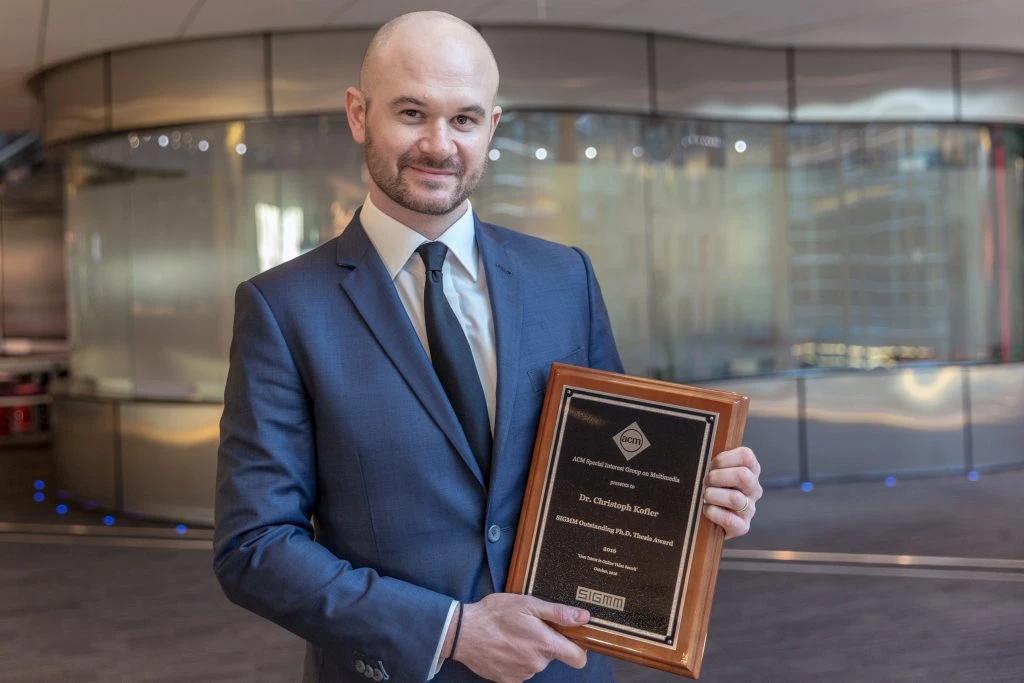This Ph.D. Thesis On Deciphering User Intent Could Be the Next Breakthrough In Multimedia Search Engines
December 08, 2016

Search engines are the workhorses of the digital era, providing fast and relevant results in response to often vague and short queries. Yet despite their tremendous value, search engines like Google or YouTube are still not excelling in one critical area: delivering search results relevant to a user’s intent.
“What search engines miss or don’t automatically understand is why a user is searching,” says Dr. Christoph Kofler, a software engineer and data scientist who works in the Unified Search Application/Data Science team at Bloomberg’s New York City headquarters.
Deciphering user intent could be one key to enhancing the usefulness of search results. Kofler explored this topic in his Ph.D. dissertation, “User Intent in Online Video Search,” which received the 2016 ACM Special Interest Group on Multimedia (SIGMM) Outstanding Ph.D. Thesis Award.
“The work has high originality and is expected to have significant impact, especially in boosting the search performance for multimedia data,” according to a SIGMM statement from this September announcing the award.
One way to approach user intent that is already widely utilized is personalization, in which sites like Google or YouTube record user queries and clicks to create a profile that helps determine and refine results based on their past search behavior. Kofler’s concept goes beyond that technique in several ways.
For search engines to better understand and interpret user intent, Kofler’s thesis proposes analyzing transaction logs from large video search engines to understand why searches fail. Second, he explores improving search engine algorithms with new signals—or hints—that incorporate a wider range of textual, visual and audio features derived from multimedia content in the engine’s database.
These hints would be added to existing search engine algorithms, building up a deeper understanding of why users search, ultimately yielding more useful results for users. Last, Kofler imagines designing a new optimization approach ranking results in a way that places the ones with the strongest user intent match on top of the results list.
By adding these new signals and approaches, the search engine can “dig deeper and automatically infer the most likely user intent from the user query,” says Kofler. As a result, Kofler says search results would be “richer and more diversified,” and offer a broader overview of what the user might be looking for.
Currently, Bloomberg exploits several algorithms and approaches to ensure that relevant search results in the company’s search engine are delivered to customers. These approaches include, but are not limited to, intelligent ways to map user queries to documents in the engine’s database, as well as automatically learning search results rankings (using algorithms based on the well-known concept of “Learning to Rank”). Integrating the concept of user intent is likely to deliver even more useful and relevant results in the future.